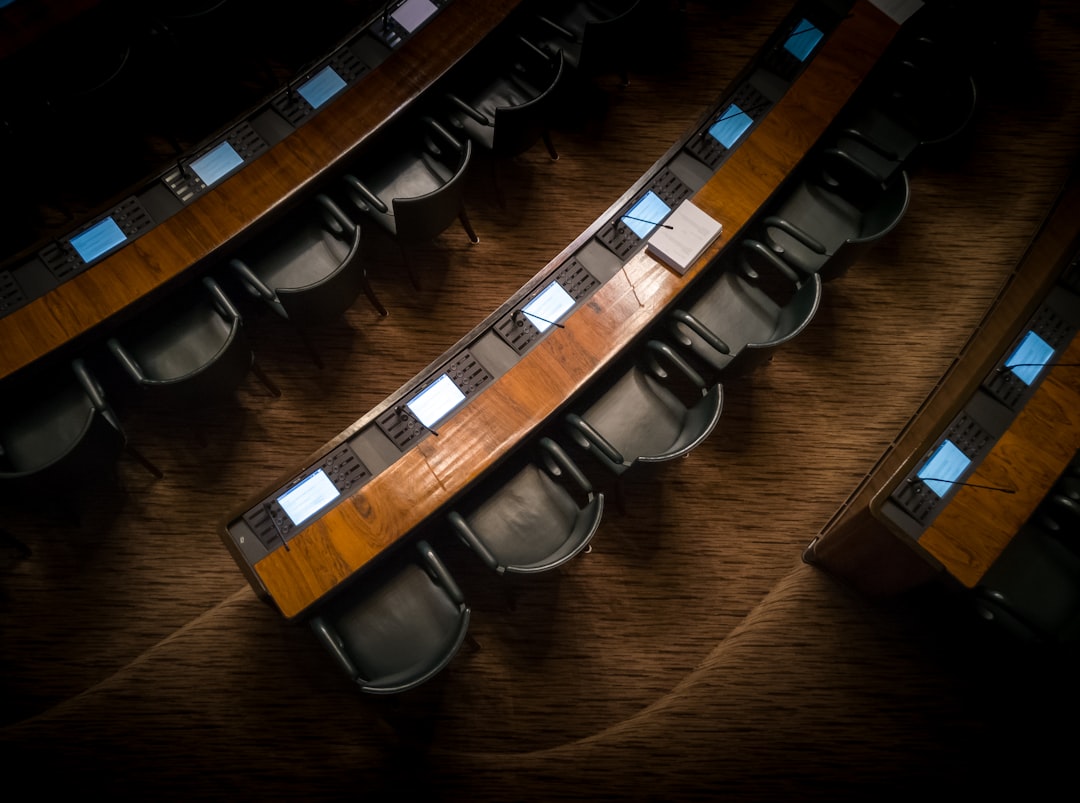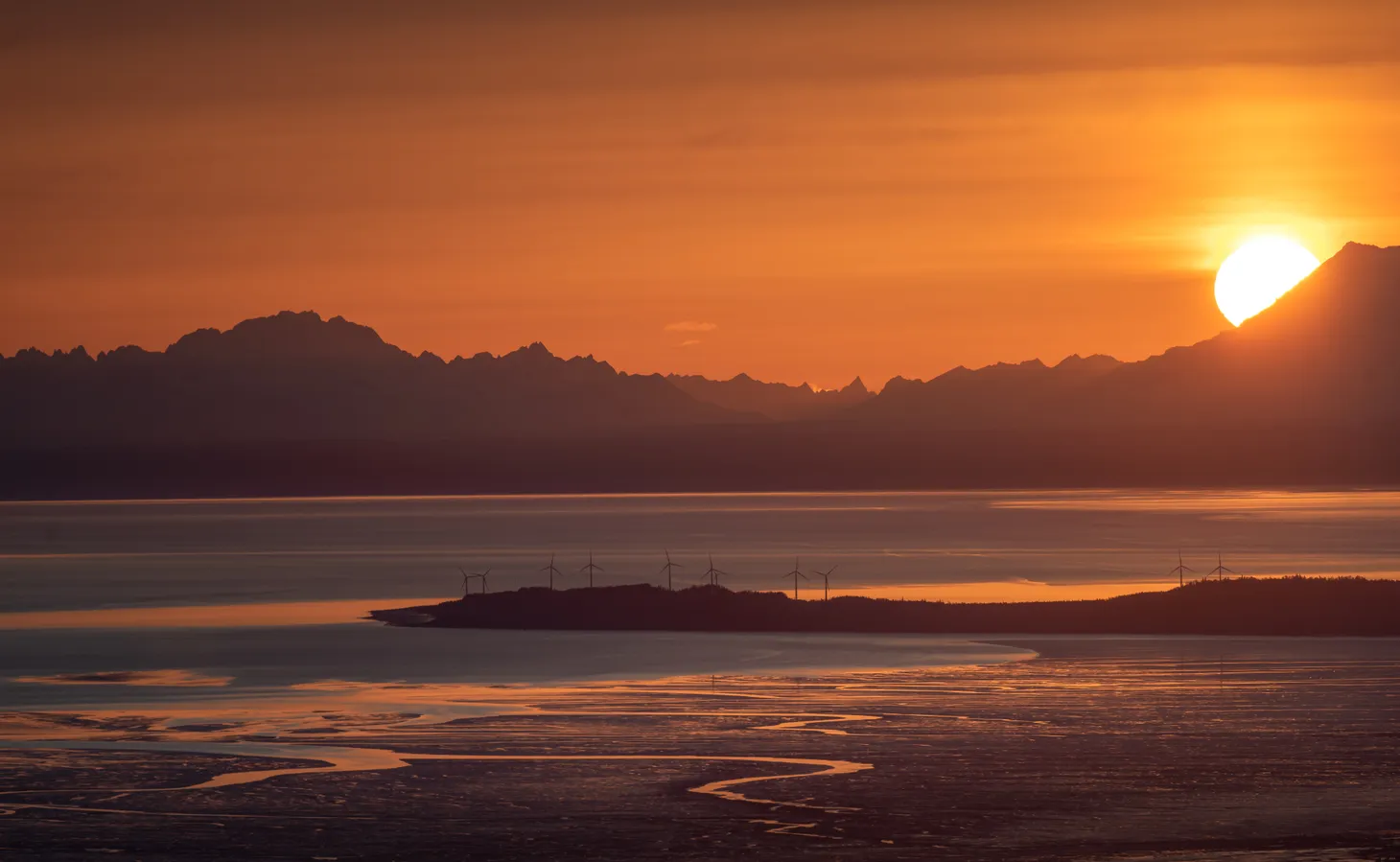Let's finally talk about the special election
Perfect timing!

Good afternoon, Alaska!
In this edition: I’ve avoided it long enough that it’s finally time to talk about the special election. Yes, that’s right, the June 21 Anchorage special election to fill the new assembly seat… just kidding, but that is probably something I need to get around to before too long. Anyways, let’s dig into the special 48-way race to fill a roughly four-month term in Congress. We’ll cover how to vote for all y’all procrastinators (myself included), why anyone should care about a four-month term, why it’s a difficult race for Democrats, why a new election system is neat and a rundown of some helpful resources for those still on the fence. Also, weekend watching.
Current mood: 🗳️
Something fun: Celebration is underway in Juneau!
Let’s finally talk about the special election

How to vote
If you’ve got that envelope still sitting on your counter—as may be the case with your humble ol’ procrastinatin’ editor—that would be about as good a place as any to start.
The most important thing to keep in mind now is that dropping a letter in the mailbox doesn’t guarantee that it’ll be postmarked by the required Junee 11 deadline. Going from the mailbox to the postmark can take a day or even longer depending on how far away from Anchorage you are. At this point, it’s a wise idea to either get it postmarked by hand at the post office or drop it off at one of the in-person voting stations set up around the state. That’s also where you’ll need to go if you’ve managed to misplace or irredeemably damage your by-mail ballot. There’s a load of different locations throughout the state, so it’s best to check the state’s website for more information here.
There’s also an option for voting via an electronic replacement ballot by contacting the Division of Elections at akabsentee@alaska.gov.
Also don’t forget that with the pandemic “over,” the state’s witness signature requirement is back, meaning you MUST get a witness signature in addition to your signature and an identifier of some variety.
It’s also just an open primary at this point! Vote for one candidate!
What’s a few months?

I’ll be honest that one of the lines I keep coming back to when considering this special election is: Just how much trouble (or good) can a single member of Congress get up to in four months? Sure, the race is a madcap spectacle with all sorts of divergent threads that may have a whole lot to say about the state of politics in Alaska…that’ll be conducted with a new voting system that probably will never see as crowded of a race anytime in the near future (after all, only one of the 59 legislative races on the ballot will see a candidate not automatically advance to the ranked general election)…but what do these four months in office really mean?
I’ve heard some people argue that the four months in Congress will put whoever we elect four months in front of the next class of U.S. Representatives, giving them a potentially valuable bump in seniority. I’m not entirely sure I buy that, because, after all, the late U.S. Rep. Don Young had a whole lot of seniority that didn’t seem to matter all that much by the end of it. Of course, that’s wildly oversimplifying the situation with Young, but what made him effective in his final years was, largely, his ability to advocate for Alaska-centric issues as a team with the rest of the delegation.
What I find more convincing is a point raised by a candidate I spoke with recently, who argued that the special primary results will serve as the best-possible bellwether for the regular election. Finish in the top four or close to the top four—say, somewhere in the top ten—and you just proved that you’re worth fundraising for and organizing around in the regular election to fill the full two-year term. With a 48-candidate slate for the special election and a 31-candidate slate for the regular election, polling the race is always going to be a difficult feat and it’s entirely possible that whoever makes it out of either primary could be a surprise with something like 5% of the vote. And with the special general race taking place on the same ballot as the regular primary, the June 11 special primary is the best gauge we’ll get about which candidates Alaska voters are rallying around.
What polling we do have suggests that unless your preferred candidate is named Nick Begich, Sarah Palin or Al Gross, then whether they make it to the final four is going to come down to a wild roll of the dice. On the one hand, that might mean you should vote strategically in this election and try to guess at who everyone else is backing for that fourth spot. On the other, that might mean voting your conscience.
After all, how much trouble can a member of Congress get up to in four months?
So, that said, here’s everyone who’s running in both elections: Jay Armstrong, Nick Begich, Gregg Brelsford, Chris Bye, John Coghill, Christopher Constant, Lady Donna Dutchess, Al Gross, Ted Heintz, Bill Hibler, David Hughes, Jeff Lowenfels, Bob Lyons, Mike Melander, Sherry Mettler, Mike Milligan, JR Myers, Robert Ornelas, Sarah Palin, Silvio Pellegrini, Mary Peltola, Josh Revak, Tara Sweeney, Adam Wool
Everyone who’s only running in the special election: Denny Aguayo, Brian Beal, Tim Beck, Robert Brown, John Callahan, Arlene Carle, Santa Claus, Otto Florschutz, Laurel Foster, Tom Gibbons, Karyn Griffin, Andrew Halcro, John Wayne Howe, Don Knight, Anne McCabe, Emil Notti, Maxwell Sumner, David Thistle, Ernest Thomas, Clayton Trotter, Bradley Welter, Jason Williams, Jo Woodward, Stephen Wright
Everyone who’s only running in the regular election: Davis LeBlanc, Andrew Phelps, Randy Purham, Brad Snowden, Sherry Strizak, Denise Williams, Tremayne Wilson
The Alaska Democratic Party’s problem

Unlike the Republican side of the ticket that has—more or less—neatly organized behind Nick Begich and Sarah Palin, Democrats and progressives have a much larger, much more complicated slate of candidates to pick from, and that’s not to mention all the progressive-leaning independents and, heck, even the moderate Republicans. For all the Republican infighting, the party has shown relatively strong discipline when it comes to rallying around the party-preferred candidates and limiting the number of candidates in most of these slates.
Democrats, meanwhile, have fielded several serious candidates that will—if the polls are anywhere in the ballpark of correct—vie for a single spot and it’s not entirely clear that anyone with a D next to their name will make it out of the special primary election, especially given the stronger returns so far out of Republican-leaning legislative districts.
With Republican districts dominating the turnout so far, I wonder if Democratic candidates will be shut out from the top four in the U.S. House race. With 48 candidates, though, anything's possible. #akelect
— James Brooks 🗞️ (@AK_OK) 5:30 PM ∙ Jun 7, 2022
The state of the race on the progressive side of the ticket has given way to some particularly bitter infighting that largely mirrors much of the internal struggles within the Democratic Party at large.
The feud has, perhaps, been best exemplified in the discomfort the Alaska Democratic Party has with independent Al Gross. Following a statement that he’d consider caucusing with whoever is in the majority, the Alaska Democratic Party blasted Gross as a “proven loser.” Gross, who doesn’t seem particularly fond of the Democrats after his 2020 race against Republican Sen. Dan Sullivan, later backtracked and said he would caucus with the Democrats following the release of the U.S. Supreme Court’s draft opinion overturning Roe v. Wade.
The feud goes much deeper than anything between Gross and the Democrats, though, and reflects the lingering consternation within the party over its allegiance with independents. While it worked with the Walker-Mallott Unity Ticket in 2014 and in a handful of legislative races, non-partisan candidates have not exactly proven to be the boon that will turn Alaska purply blue. It’s definitely a bit of “What good is a majority if you don’t use it to enact any meaningful policies?” versus “Well, it’d be a lot worse if the GOP had free run over the levers of power.”
Either way, as one Democratic operative told me long ago, there’s not a lot of love of an arrangement effectively teaching Democratic voters to not vote for Democrats.
A brand-new system!
Frankly, what’s the most interesting bit of this race is that it’s a test run for a brand-new election system. The chaos has certainly drawn plenty of outside attention, including The Washington Post’s writeup “Alaska is having the wildest election of 2022” that, despite some of the particularly eye-roll-y lines, does a good job at capturing how wacky the election is shaping up to be. Plus, it’s the source of that line suggesting Revak’s attack on Santa Claus “seemed like a lighthearted act of desperation”. That story also tackles just how confusing this collection of votes is:
This means four votes, using two methods, over three time periods, in two races, for the same seat: a special primary (pick one candidate of 48), a special general (rank any four of the finalists), a regular primary (pick one candidate of 31) and a regular general (rank any four of the finalists). The special general (rank four!) will take place the same day in August as the regular primary (pick one!).
Got it?
While I’m certainly hopeful that Ballot Measure 2’s optimistic backers are right that this system will push Alaska’s representation in a more moderate direction, it’s certainly a good reminder that at the end of the day we could also end up with U.S. Rep. Palin.
Still, it’s an important reminder that under the previous system, we would not be having a special primary election at all. Instead, it would have been left to the political parties to put forward their preferred candidates and us voters wouldn’t have any say beyond Republican Nick Begich and Democrat Christopher Constant. This race has certainly opened the door for other candidates like Mary Peltola, Adam Wool, Santa Claus, Tara Sweeney, Josh “A Lighthearted Act of Desperation” Revak and, yes, Sarah Palin.
The issues
Anyways, those are all the boring, political reasons to consider about voting.
For the actual policy reasons, Alaska Public Media has an excellent “Just Answers” series that polls candidates about their positions on a handful of hot-button issues:
- Gun policy: Just Answers: Where Alaska U.S. House candidates stand on banning assault weapons
- Abortion: Just Answers: Where Alaska US House candidates stand on abortion rights
- Natural resources: Just Answers: Where Alaska US House candidates stand on developing Alaska’s natural resources
The Anchorage Daily News has also done a significant amount of heavy lifting with a big ol’ candidate questionnaire broken down by question and by candidate that makes me thankful I’m not still working for a newspaper: Q&As with Alaska’s U.S. House candidates in the 2022 special primary election
Weekend watching — We can’t look away
In media ethics classes, one of my favorite questions was regarding the editorial decisions about what to show and what not to show to readers. I was in high school reading books like “1984” and “Brave New World” as the Iraq War played out in whitewashed headlines and sanitized images that concealed the brutality of what was going on. I believe, wholeheartedly, that we more often than not owe it to ourselves, to each other and to our country to not look away from the uncomfortable and horrible.
Have a nice weekend, y’all. Get your ballot postmarked and enjoy the sunshine.
The Alaska Memo Newsletter
Join the newsletter to receive the latest updates in your inbox.




